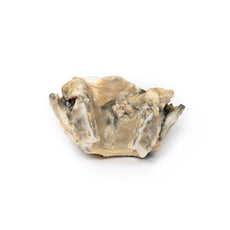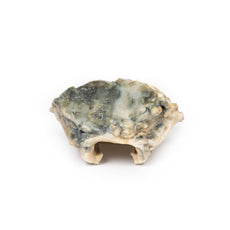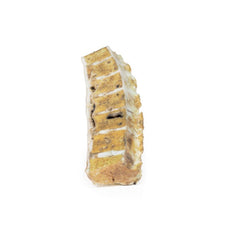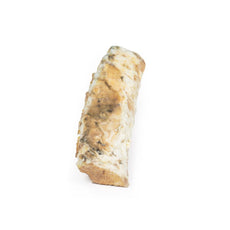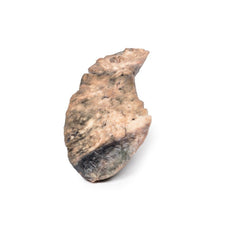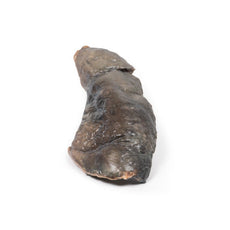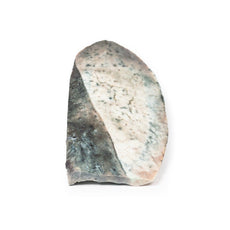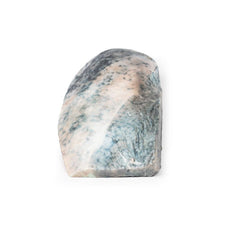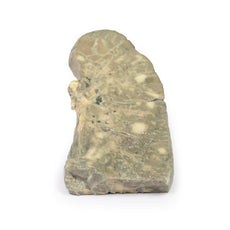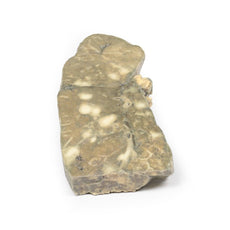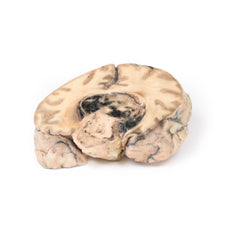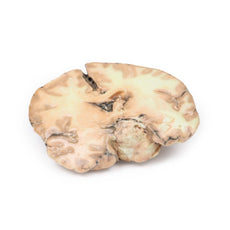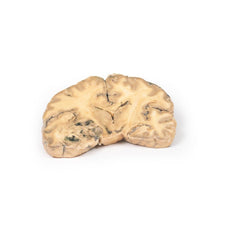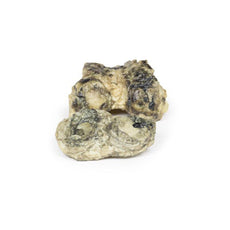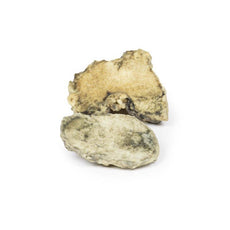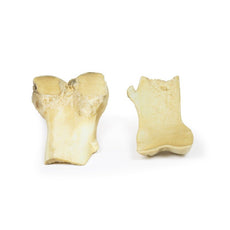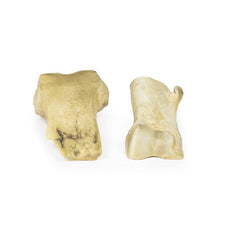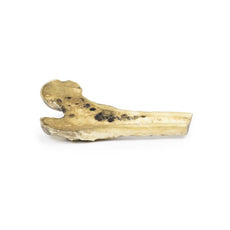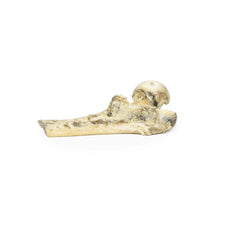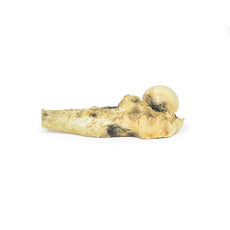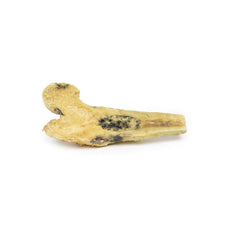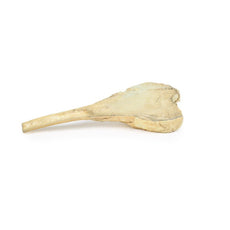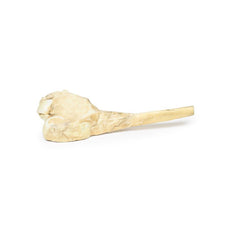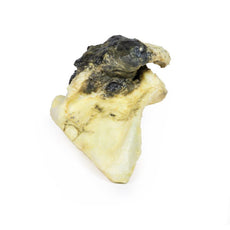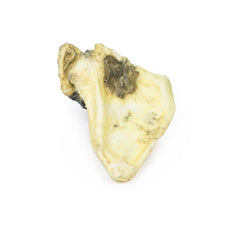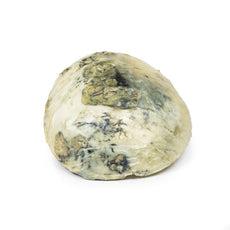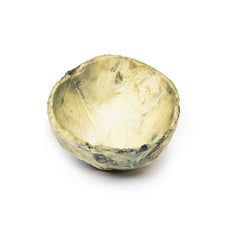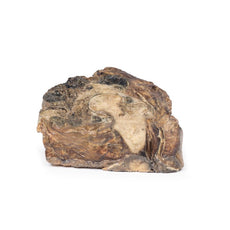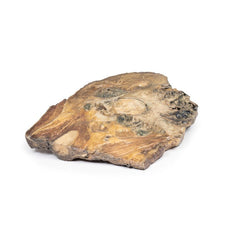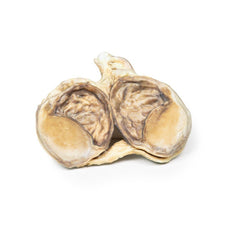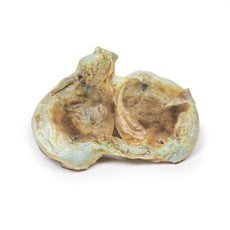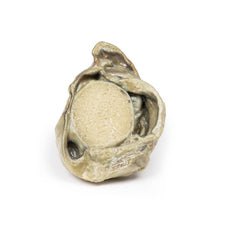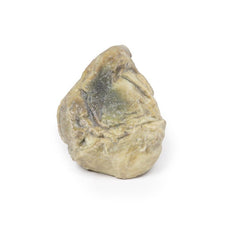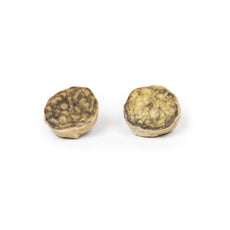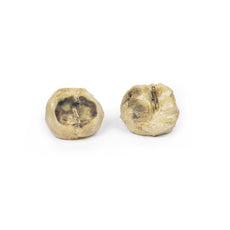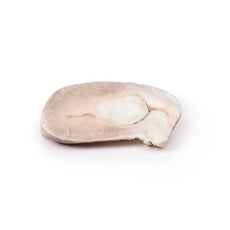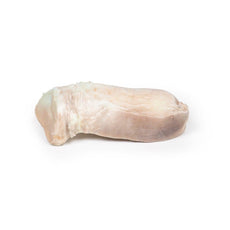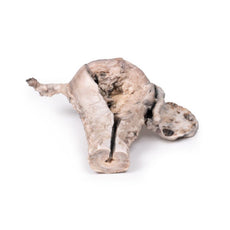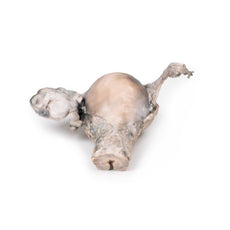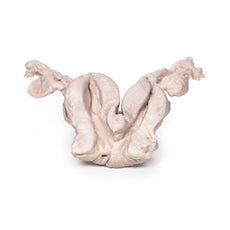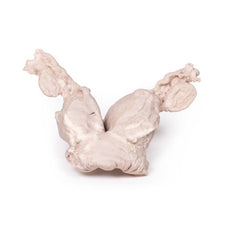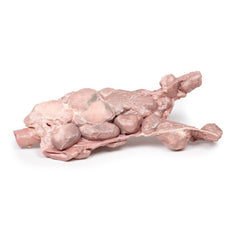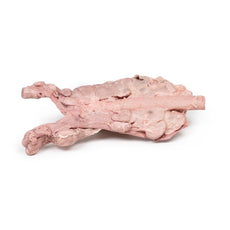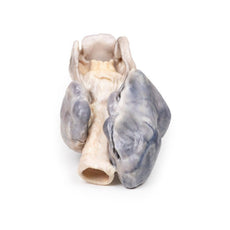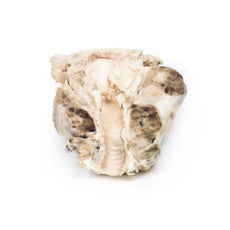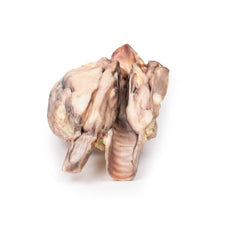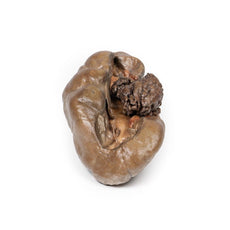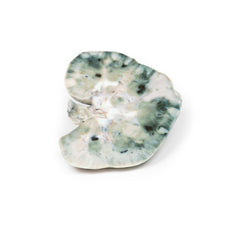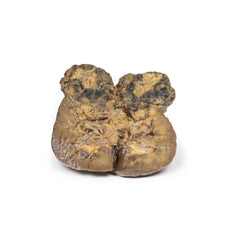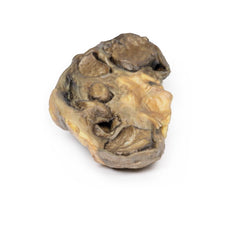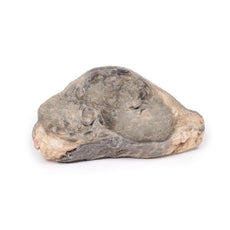Your shopping cart is empty.
3D Printed Carcinoma of Breast
Item # MP2105Need an estimate?
Click Add To Quote

-
by
A trusted GT partner -
3D Printed Model
from a real specimen -
Gov't pricing
Available upon request
3D Printed Carcinoma of Breast
Clinical History
A 76-year old female presented to the emergency department sudden loss of
consciousness. She had signs of a left sided cerebrovascular accident. She was intubated and her stroke was treated.
During her admission in ICU she was noted to have a fixed mass in her left breast with palpable lymphadenopathy in
her left axilla. She died from a respirator associated pneumonia.
Pathology
The specimen is the patient’s left breast mounted to display the cut surface.
Immediately beneath and attached to the skin is a large oval tumour mass 11cm in maximum diameter. The tumour is
adherent to the underlying muscle. The tumour is not encapsulated and has a variegated cut surface with areas of
necrosis, haemorrhage and cyst formation. This is a breast adenocarcinoma, which involved the regional lymph nodes.
Further Information
Breast carcinoma is the second most commonly diagnosed cancer in women
worldwide. It is rare in women under 30 years of age but the incidence increases significantly after 30 with the
peak occurring at 70 to 80 years. Incidence has been decreasing since the introduction of breast cancer screening
programmes, which offer mammography to women at risk and public awareness and education in self-examination of the
breast. However, breast cancer remains one of the leading causes of cancer-related death in women.
Major risk
factors for developing breast carcinoma include being of female gender (men account for 1% of breast cancer
diagnosis), exposure to estrogen (early menarche, late menopause, exogenous estrogen), family history of breast
cancer, being nulliparous, not breastfeeding, radiation exposure and obesity. Germline mutations in tumour
suppressor genes, such as BRCA1, BRCA2, TP53, ATM, CDH1 and CHEK2 are linked with some hereditary cases of breast
cancer.
Most breast neoplasms are adenocarcinomas that begin in the duct/lobular system as carcinoma in situ (DCIS). These
malignancies are further subdivided according to their expression of estrogen receptors (ER) and Human epidermal
growth factor 2 (HER2), which guides treatment. The most frequent sites if distant metastasis occur are bone, liver,
lung and brain.
In developed countries with screening programmes most patients present following an abnormal
mammogram. Symptomatic patients present with a breast mass which is classically hard, irregular, immovable. Other
clinical symptoms are axillary lymphadenopathy, overlying skin changes (erythematous or thickened skin, dimpled skin
(peau d‘orange) and nipple retraction. Symptoms of distant spread of disease may also cause patient presentations.
Treatment depends on the stage of the disease and the ER and HER2 status of the tumour. Surgical treatments include uni- or bilateral mastectomy or breast conserving lumpectomy. Surgical axillary node clearance is performed in cases with positive nodal disease. Radiotherapy is given to patients with high risk of local recurrence. Patients with HER2 positive cancers are treated with targeted drugs, such as trastuzumab (Herceptin). Patients with ER positive tumors can be treated using anti-estrogen therapy, such as tamoxifen. Systemic chemotherapy is also used to treat some patients with breast cancer.
Download: Handling Guidelines for 3D Printed Models
Handling Guidelines for 3D Printed Models
GTSimulators by Global Technologies
Erler Zimmer Authorized Dealer
The models are very detailed and delicate. With normal production machines you cannot realize such details like shown in these models.
The printer used is a color-plastic printer. This is the most suitable printer for these models.
The plastic material is already the best and most suitable material for these prints. (The other option would be a kind of gypsum, but this is way more fragile. You even cannot get them out of the printer without breaking them).The huge advantage of the prints is that they are very realistic as the data is coming from real human specimen. Nothing is shaped or stylized.
The users have to handle these prints with utmost care. They are not made for touching or bending any thin nerves, arteries, vessels etc. The 3D printed models should sit on a table and just rotated at the table.









